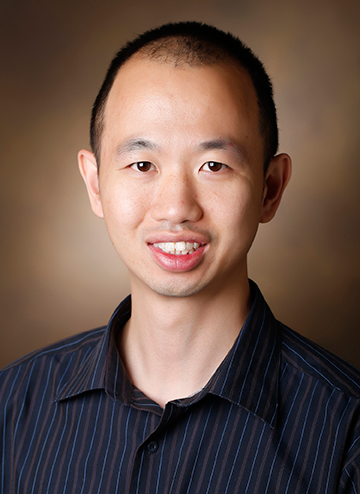Every oncologist and cancer researcher is familiar with the hallmarks of cancer, a series of functional capabilities that human cells acquire as they transition from a normal state to a neoplastic state (a state of excessive and abnormal growth). These hallmarks have been used (and updated) during the last quarter of a century as a “conceptual scaffold” to help “rationalize the complex phenotypes of diverse human tumor types and variants in terms of a common set of underlying cellular parameters” (Douglas Hanahan, 2022, Cancer Discovery).

Now, Ken Lau, professor of cell and developmental biology, and Neelendu Dey, assistant professor of medicine at the University of Washington, and colleagues have laid out the principles governing the biology of early, precancerous lesions, which are different from the principles that govern cancers. Their authoritative perspective was published in Cancer Discovery in April 2024.
A large body of research details how lifestyle factors can predispose a person to cancer initiation and development, but how those macroenvironmental risk factors are manifested in cells and molecules is poorly understood. Lau, Dey, and colleagues shed light on these points.
“Precancers are defined as ‘at-risk tissues and lesions’ that develop into cancer,” Lau said. “Given the effectiveness of early interventions against cancers, we hope to establish some principles that the research community can follow when looking at precancers.”
These principles include age-related genetic alterations, epigenetic changes, metabolic alterations, the hijacking of regenerative cell state transitions, the disruption of immune surveillance and “inflammaging,” and remodeling of the tissue microenvironment mediated by senescence or biological aging. Inflammaging refers to the state of chronic, sterile, and low-grade inflammation that naturally occurs with advanced age.
“By understanding the hallmarks of precancer, we hope that we can further develop early detection, stratification, and intervention strategies at the precancer stage,” Lau said.
Just as the hallmarks of cancer are updated as we develop new knowledge, Lau and colleagues hope to update the hallmarks of precancer as we learn more about them.
Zhengyi Chen and Sarah E. Glass, graduate students in the Chemical and Physical Biology program and the Department of Cell and Developmental Biology, respectively, were co-first authors with Mary M. Stangis from the University of Wisconsin-Madison, Jimin Min from the University of Texas MD Anderson Cancer Center, Jordan O. Jackson from the University of Washington, and Megan D. Radyk from University of Michigan Medical School. Robert Coffey, professor of medicine and cell and developmental biology, and Martha Shrubsole, research professor of medicine, were also co-authors on the paper.
Go deeper
The paper “The Hallmarks of Precancer” was published on April 4, 2024, in the journal Cancer Discovery.
Funding
This publication is part of the Translational and Basic Science Research in Early Lesions Consortium. This publication was supported by the National Cancer Institute, the National Institute on Aging, and the National Institute of Diabetes and Digestive and Kidney Diseases.